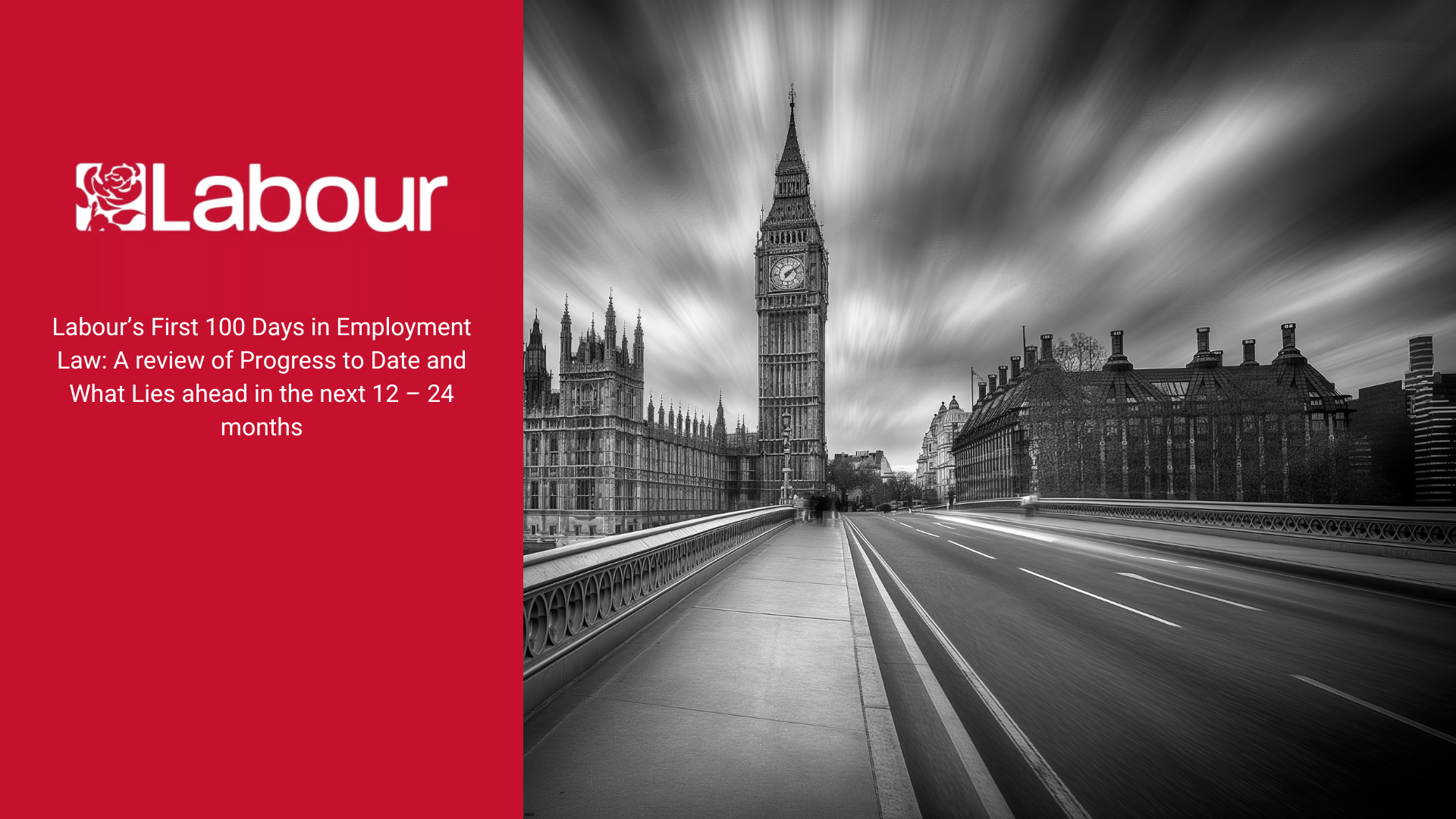Police guilty of discrimination against white, male candidate
Employers need to play the long game when seeking to increase diversity; this is the cautionary lesson to be taken from the employment tribunal case of Furlong v The Chief Constable of Cheshire Police, handed down last month. The case is a rare, practical example of an employer being found to have gone too far in trying to recruit under-represented groups, which resulted in it directly discriminating against a white, male candidate.
Positive action under the Equality Act 2010
The decision is thought to be the first considering the “positive action” provisions of the Equality Act 2010 (section 159), which came into force in April 2011. These effectively allow employers to offer positions to those in under-represented groups in certain, very limited circumstances – essentially when there is a “tie break” situation between two candidates who are equally qualified and the employer does not have a blanket policy of always treating people with protected characteristics more favourably than others . This case is a text book illustration of how fundamentally misunderstood the limits of this power are by many employers.
Positive discrimination remains unlawful in the UK, but, given the political and societal pressure to increase diversity, many employers (certainly in the public sector) no doubt feel under huge pressure to increase recruitment from under represented groups and improve their workforce statistics as quickly as possible. This decision is a good practical example of the limits of the current law – however laudable the aim of widening access to the workforce may be, only positive acti Positive action under the Equality Act 2010
on, as it is defined in section 159, may be taken. An employer who goes any further than this will be acting unlawfully and exposed to claims for direct discrimination.
See our previous article: The negatives of positive discrimination for further discussion of this topic.
Facts
Mr Furlong was a heterosexual, white male who applied to join Cheshire police as a police constable. Despite passing all the stages of the application assessment and receiving good feedback from the chair of his interview panel, he was not appointed.
On enquiring, he found that the police force had not given numerical scores to candidates’ answers in the interview, as is common practice (and how it had conducted interviews previously), but on this occasion, interview panels were told not to ascribe numerical scores but simply to assess as pass or fail.
The force then had a pool of candidates who were deemed by this process to have passed. Candidates who identified with a protected characteristic were appointed ahead of others who did not.
Mr Furlong brought claims for direct discrimination on grounds of his race, sex and sexual orientation. He had to show that he had been treated less favourably than comparators who were women, BAME and LGBT candidates who were appointed but who did not perform better than him in the interview.
An exercise was undertaken to ascribe numerical scores to the responses of all relevant candidates, working from the columns on the assessment forms completed by the interview panels, in a similar way as had been done in previous recruitment rounds. That exercise established that Mr Furlong had achieved a notional score of 76%. A significant number of candidates were appointed who had lower notional scores due to having a protected characteristic, including one who had achieved half of his notional score.
Employment tribunal decision
The employment tribunal found that the police’s use of the pass/fail mechanism created an artificially low threshold, and that to deem all those who passed as equally qualified offended common sense – clearly there were wide variations of ability and quality within the pool of those who passed.
The assessment exercise did not therefore meet the requirement that the appointed candidate be “as qualified” as Mr Furlong. The tribunal did not accept that 127 candidates could all be of equal merit.
Unsurprisingly, the tribunal also held that the force’s actions in giving preferential access to candidates with protected characteristics did amount to a policy.
Finally, it held that although increasing diversity within its workforce amounts to a legitimate aim, the way in which this was pursued was not proportionate. The tribunal pointed out that various other initiatives were being undertaken to improve diversity within the workforce, which appeared to be having a positive effect (even though they had not yet had the opportunity to fully bed down so their effect could be measured).
Comment
In this case, the tribunal saw through the employer’s attempts to deem all candidates of equal merit and then rely on section 159 to give priority to those in under-represented groups. Given that section 159 only provides a defence to employers against direct discrimination claims where two candidates are equally qualified, it will be crucial for employers to understand exactly what this means and be able to demonstrate that this was the case with credible evidence!
It is also interesting that on the often difficult question of proportionality, the tribunal sided with the claimant. The employer had put forward evidence that its diversity was gradually improving due to other initiatives it had in place. This shed doubt on the need for it to adopt such as a draconian policy (effectively denying a well qualified white candidate of the potential to have a career in the police force).











